Movies to Watch if You Like ‘Everything Everywhere All At Once’
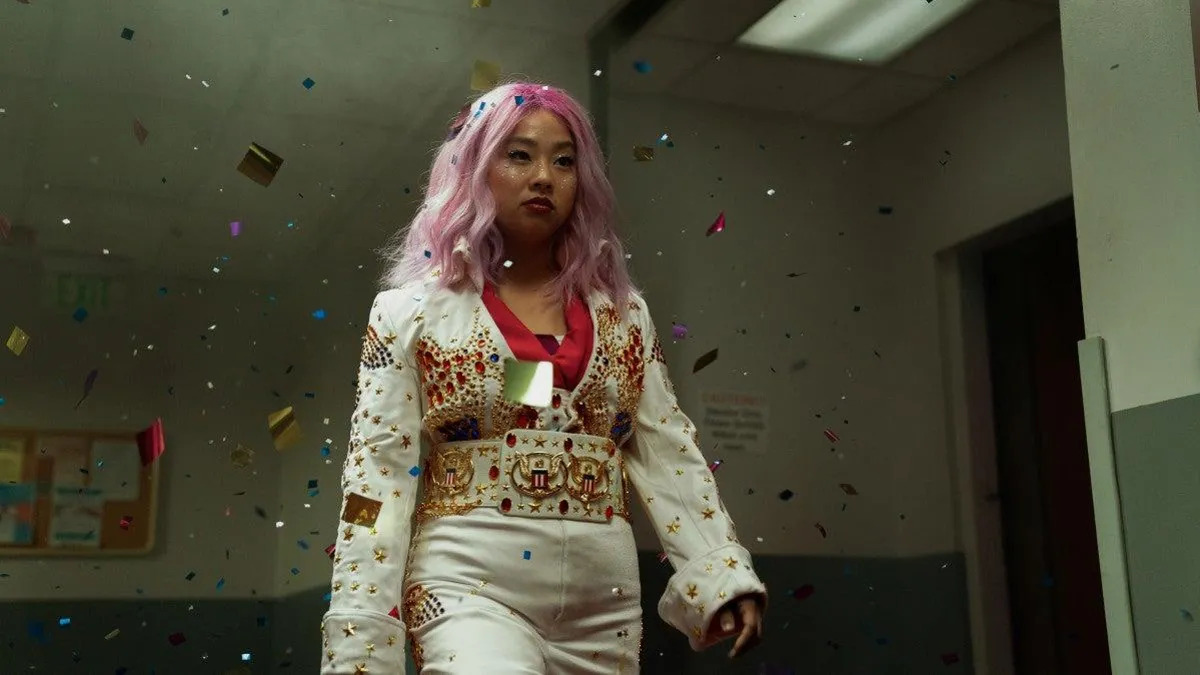
Some of what makes Everything Everywhere All At Once truly unique is its hybridization of science fiction, martial arts, family drama, romance, and comedy. There’s nothing else quite like it. It incorporates a kaleidoscopic array of cinematic influences and even a little homage. It shares themes and motifs with other films about predestination, inevitability, the aftereffects of choices, and the latent potential in even the most unlikely people. With those criteria in mind, here are some films that might not be exactly like the film—because nothing really is—but if you loved Everything Everywhere All At Once, you might find a place in your heart for these too.
Swiss Army Man (2016)
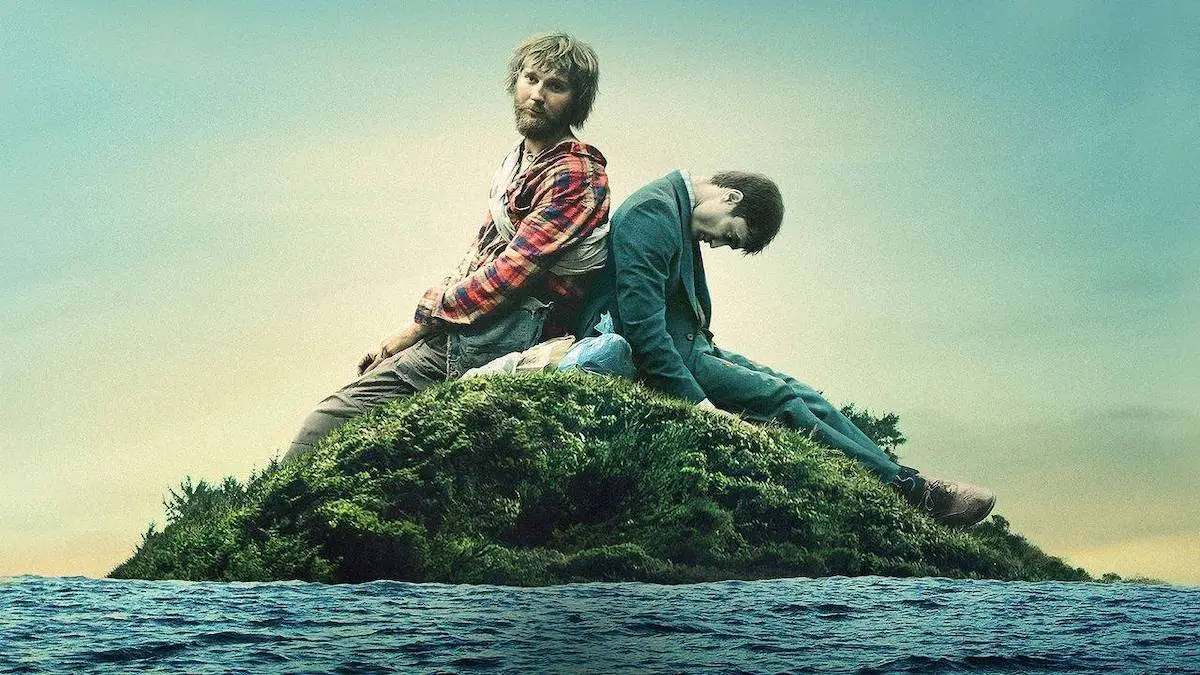
This first feature written and directed by Daniel Kwan and Daniel Scheinert (The Daniels)—who went on to write and direct Everything Everywhere All At Once—is not like any other film before or since. Swiss Army Man tells its story with an idiosyncratic visual language, which is the filmmakers’ only real choice, considering its surrealist plot. Hank (Paul Dano) is stranded on a deserted island, and just as he attempts to take his own life he discovers a shipwreck victim (Daniel Radcliffe) washed ashore. The man is definitely dead but is still flatulent and able to get erections. Hank and his undead friend make a life for themselves on the island, and the surreal comedy garnished with boyish body humor turns into an unexpectedly poignant drama along the way.
The Butterfly Effect (2004)
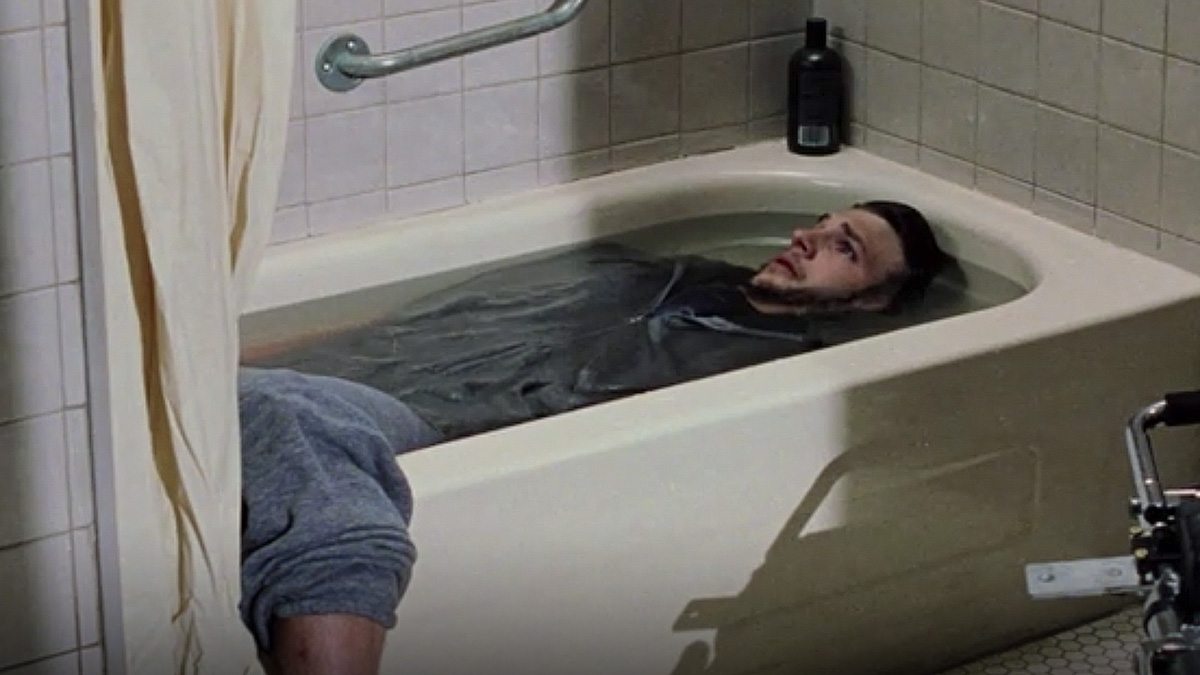
The concept of the butterfly effect was first introduced by mathematician, meteorologist, and founder of modern chaos theory Edward Lorenz. The concept was poetic and potentially menacing enough to inspire a critically lambasted yet commercially respectable science fiction film. The Butterfly Effect stars Ashton Kutcher as Evan Treborn, who discovers that he can psychically travel backward through time to inhabit his younger body. He attempts to change the future by changing his own behaviors in the past, and—of course—there are unintended consequences for him and everyone he knows. The director’s cut is seven minutes longer than the theatrical release and has a wildly different outcome. Either way, if the Choose Your Own Adventure-style cause-and-effect in Everything Everywhere All At Once excited you, The Butterfly Effect will definitely keep you intrigued.
Doctor Strange in the Multiverse of Madness (2022)
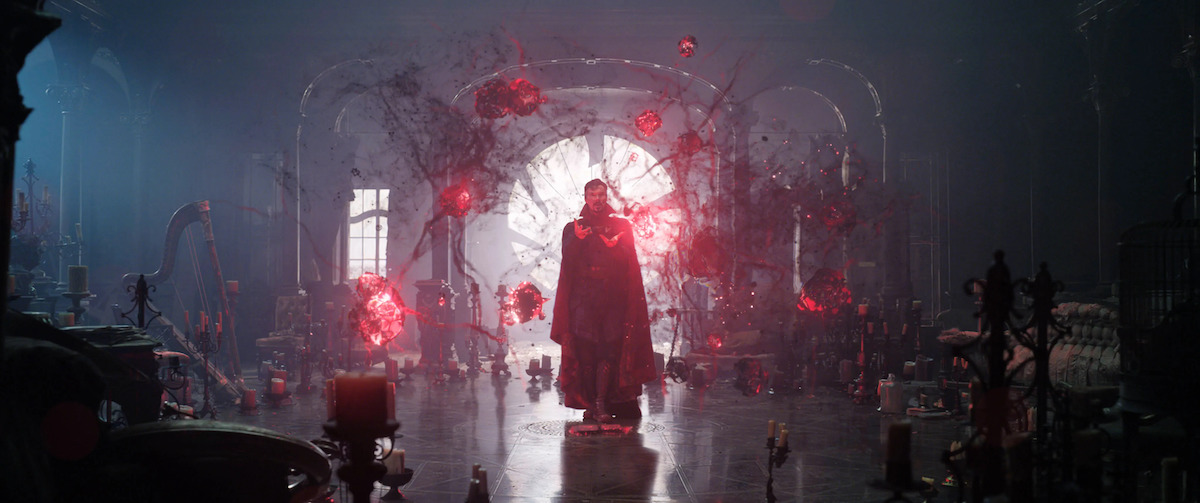
Doctor Strange in the Multiverse of Madness is the twenty-eighth film in the Marvel Cinematic Universe and the eleventh installment of Phase Four—but who’s counting? As anyone might expect, there are dizzying levels of continuity and references to the MCU that fold back on themselves like storytelling origami. But even without all that detail, watching Doctor Strange (Benedict Cumberbatch) protect America Chavez (Xochitl Gomez)—a teen girl with the ability to traverse the multiverse—from Wanda Maximoff (Elizabeth Olsen) is spellbinding. Sam Raimi (creator of the Evil Dead franchise and director of the first Spider-Man trilogy) brings his distinctive visual style to the occasionally tangled narrative threads. It might not offer the same level of emotional intimacy as Everything Everywhere All At Once, but the overall effect is genuinely mesmerizing.
Open Your Eyes (1997)
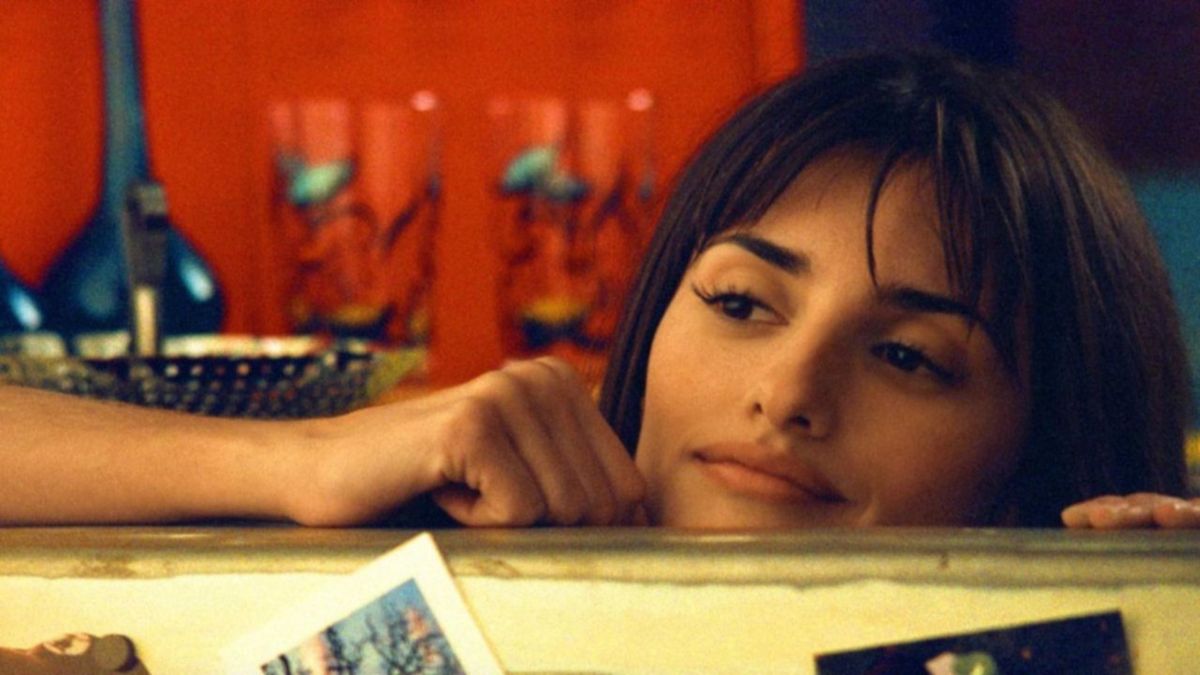
The U.S. debut of the Spanish film Open Your Eyes (Abre los ojos) at the 1998 Sundance Film Festival so enthralled Tom Cruise that he and his producing partner immediately negotiated for the rights to remake it. That remake was retitled Vanilla Sky (2001), ultimately directed by Cameron Crowe and featuring Penélope Cruz in an English language version of her performance as Sofia in the original.
Arrogantly attractive César (Eduardo Noriega) is professionally successful, financially secure, and self-satisfied with his womanizing until he’s disfigured in a car crash and eventually imprisoned for a murder he doesn’t remember. This science fiction (-ish) psychological mystery is both nonlinear and cyclical, exploring the way our actions might cause trauma we could never imagine, and hinting at the healing that might be possible. These explorations will attract fans of Everything Everywhere All At Once, although there’s less tenderness between characters (and no queerness at all) here.
Soul (2020)
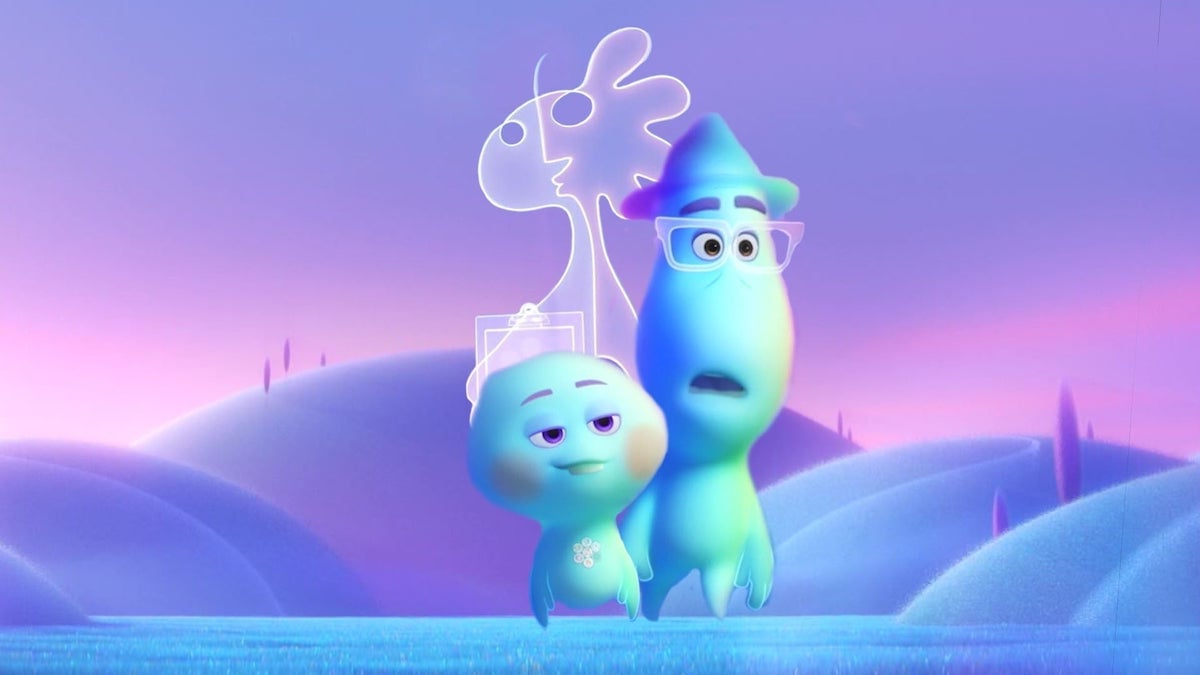
Soul is a metaphysical mélange of Buddhism, Judaism, and Christianity that raises some of the same existential questions as Everything Everywhere All At Once. What makes life worth living? What does true happiness feel like? Why do bagels carry symbolic weight? Although animated by Pixar, this distinctly adult story is about a middle school music teacher who is technically succeeding in his career but is perpetually frustrated because he has never been able to pursue his true passion. Like Everything Everywhere All At Once, the themes explored in Soul could probably fill a book. Suffice it to say that behind the fantastical quest story is a meditation on the beauty of being alive. The score by Trent Reznor and Atticus Ross is so gorgeously integrated into the story that—like the score by Son Lux for Everything Everywhere All At Once—it functions as a character unto itself.
Tai Chi Zero (2012)
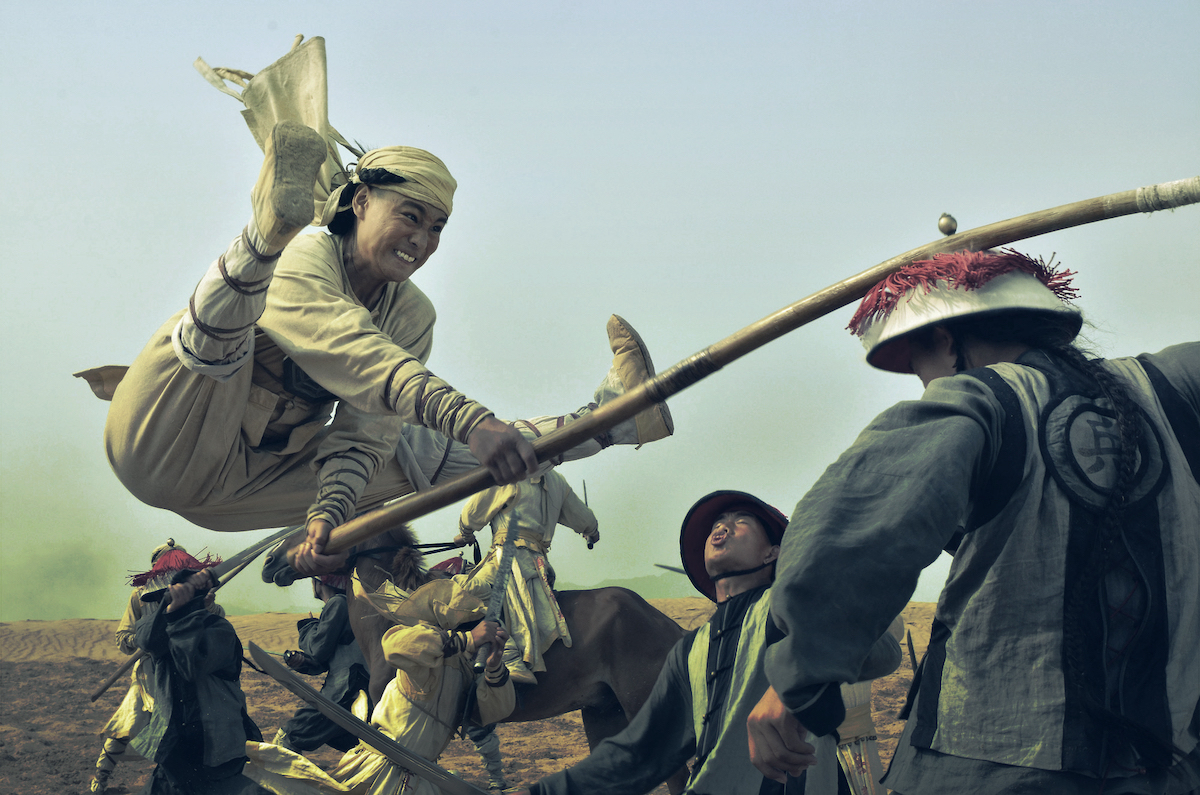
Tai Chi Zero (太極: 從零開始 Tàijí: Cóng Líng Kāishǐ) is a fantastical interpretation of the true story of how the tai chi style of martial arts was taught to the first person outside of the Chen family who developed it. That outsider was Yang Lu Chan, played by real-life professional martial arts athlete Xiaochao Yuan in his feature film debut. Set during the anti-colonial Yihetuan Movement (which is called the Boxer Rebellion by the colonizers themselves) in China, these martial arts practitioners defend their culture from British Imperialists in a steampunk city that looks like a live-action Legend of Korra multiplied by a factor of 10. Fight choreography by the legendary Sammo Hung is set to a soundtrack that includes music as disparate as American swing jazz and Swedish death metal. If the energetic maximalism of Everything Everywhere All At Once gave you a dopamine rush, put Tai Chi Zero and its sequel Tai Chi Hero (2012) on your watchlist immediately.
Kung Fu Hustle (2004)
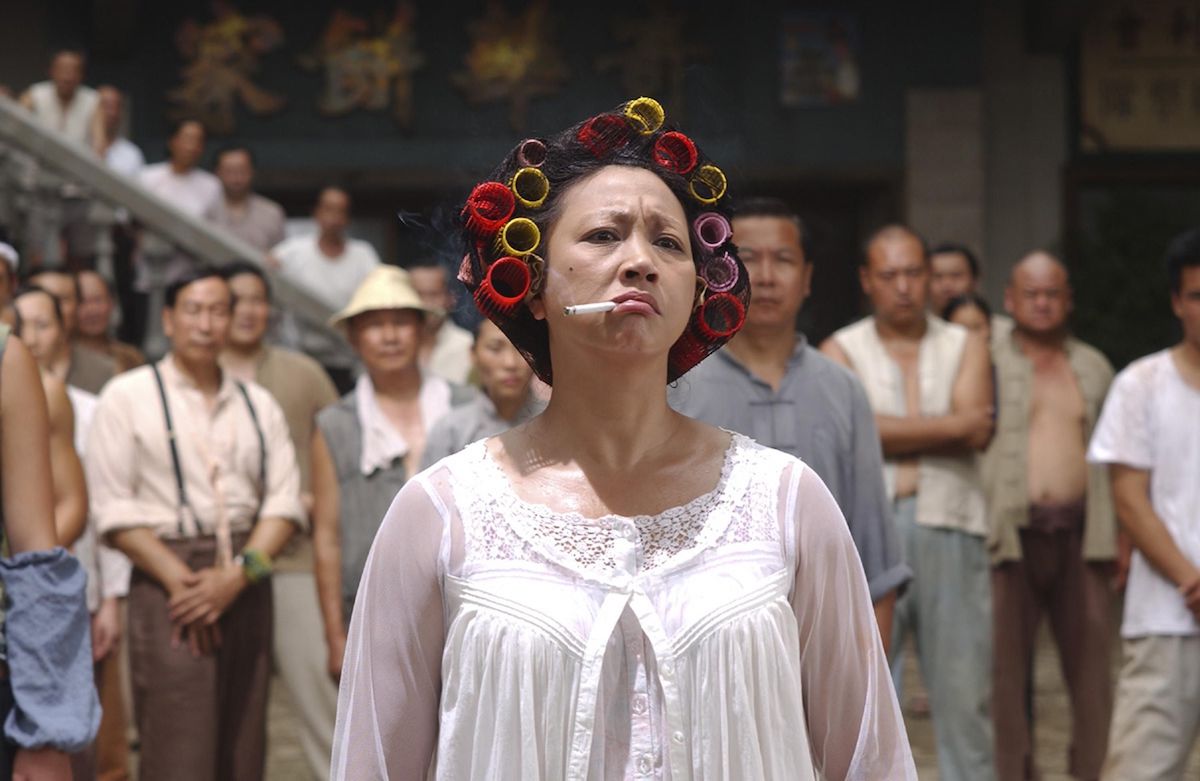
Kung Fu Hustle (功夫 Gōngfū) is a martial arts action comedy directed, produced, and co-written by its star Stephen Chow. Almost twenty years since its release, there’s still nothing else quite like it. In 1940s Shanghai, a murderous street gang encroach on an impoverished village that happens to be full of low-profile martial arts heroes. The set decoration and costume design are period accurate, but the realism stops there. The least likely characters show up with the most impressive fighting skills and the choreography romps across the screen like live-action Looney Tunes.
Although Kung Fu Hustle was produced during the era of hyper-maximalist CGI-driven fantasies like Night Watch (2004) and Day Watch (2006), it’s more narratively cohesive—and way more fun—than any other action film from its time. If moments like Jenny Slate using her leashed Pomeranian as a rope dart in Everything Everywhere All At Once had you yelling, you absolutely must see Kung Fu Hustle.
Spider-Man: Into the Spider-Verse (2018)
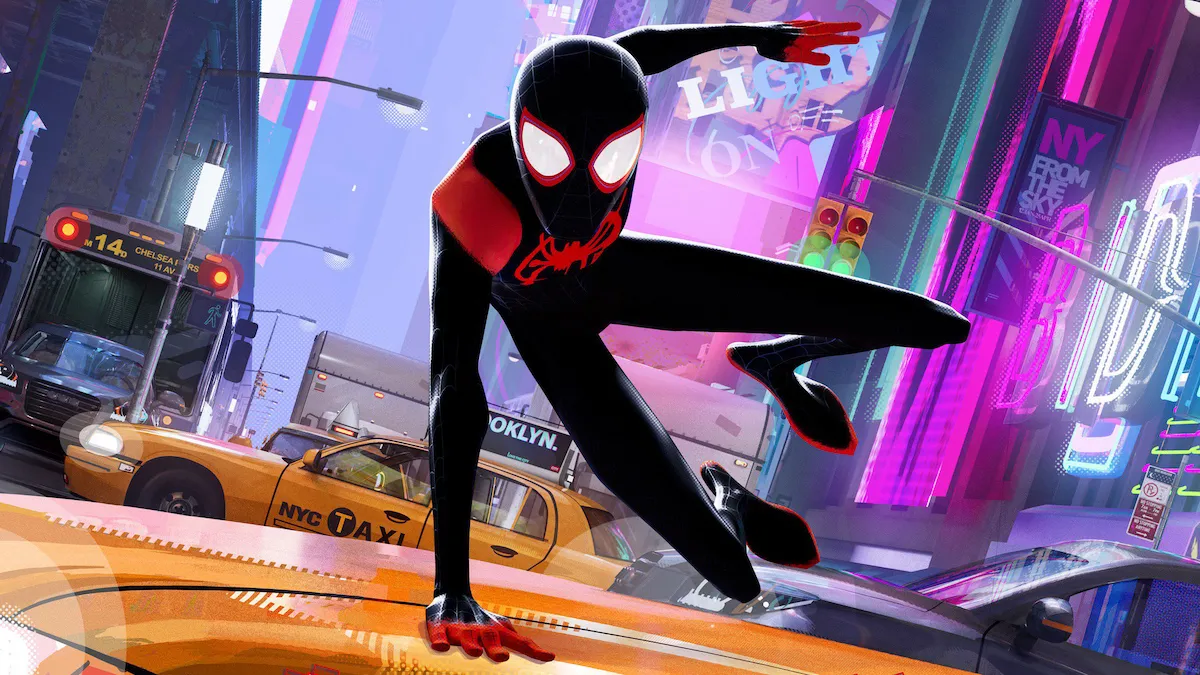
The first animated feature in the Spider-Man franchise—and so far, the best Spider-Man film ever made—Spider-Man: Into the Spider-Verse features Afro-Latino teen Miles Morales (voice of Shameik Moore) as Spider-Man. The Spider-Verse is a multiverse connected by the Web of Life and Destiny, a kind of spatiotemporal offshoot of the Marvel multiverse (like the one Doctor Strange does madness in) that connects every version of Spider-Man through shared events and experiences. Imagine characters in Everything Everywhere All At Once knowing what their parallel selves were doing, and being able to team up with them. Miles Morales and Spider-Men from parallel universes team up to save New York from the Kingpin (voice of Liev Schreiber). The kinetic animation style and invigorating use of color are only part of the appeal. Into the Spider-Verse might be the first film to actually look like reading a comic book in real-time.
Spider-Man: Across the Spider-Verse (2023)
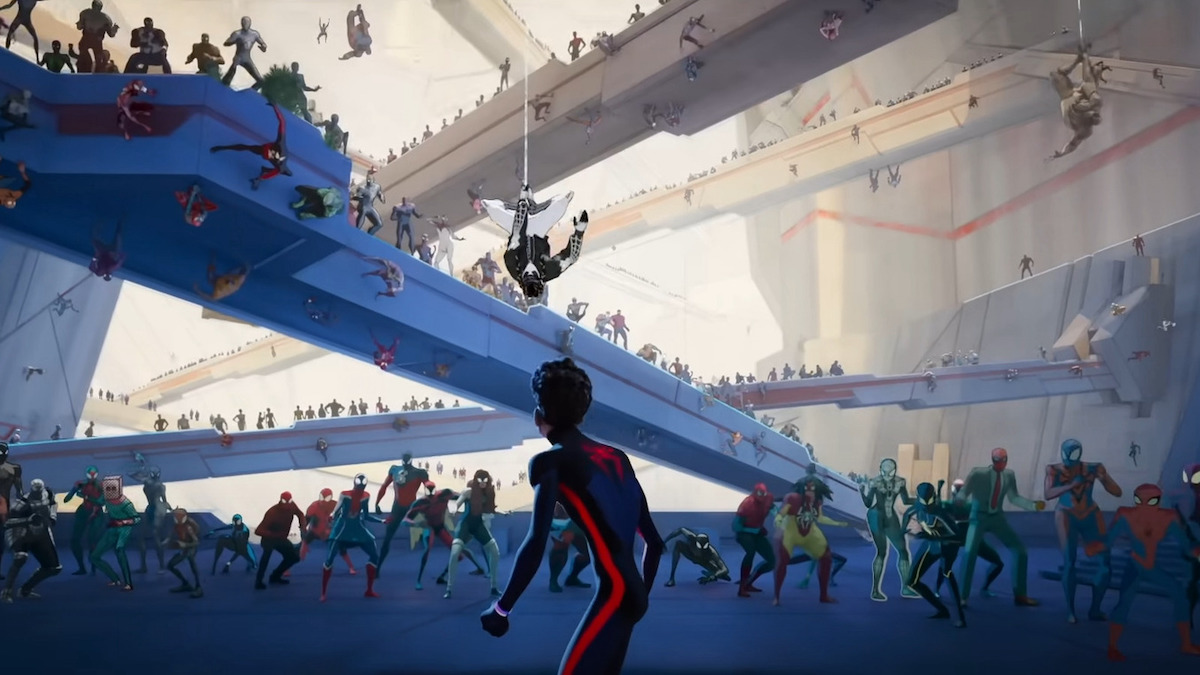
This 140-minute sequel to Into the Spider-Verse is the longest animated film ever produced by a Hollywood studio. There’s a lot of story to tell in this multiverse-spanning superhero adventure. In fact, Spider-Man: Across the Spider-Verse is the first part of the sequel, the second part of which is the forthcoming Beyond the Spider-Verse (2024). The visual design is simple and elegant in some scenes and ornately detailed in others. The color design is literally dazzling, with scenes moving effortlessly between high-contrast neons and gritty earth tones. This film is a joy to look at (and listen to), but like Everything Everywhere All At Once, there is much more to it than the spectacle.
The One (2001)
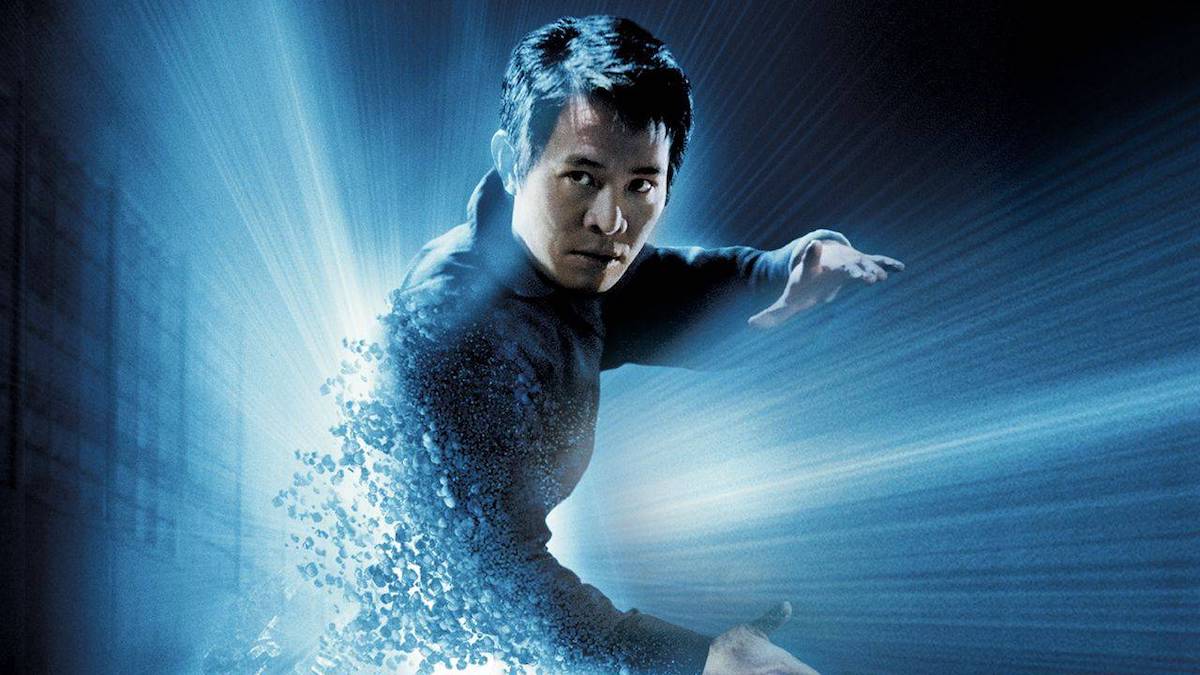
When A24 first released the trailer for Everything Everywhere All At Once, early comments pointed out similarities to The One. This science fiction martial arts film features Jet Li at his turn-of-the-millenium peak, Delroy Lindo being as compelling and underrated as always, Jason Statham being Jason Statham, and Carla Gugino both as Jet Li’s supportive wife and his criminal love interest.
Jet Li plays nine characters, including the sympathetic Deputy Sheriff Gabe Law and the even less subtly named Lawless, who tries to kill every other version of himself in order to become the mythically powerful One. Lawless is something like Jobu Tupaki in Everything Everywhere All at Once, except that while she wants to destroy everything in a nihilistic attempt to end her inner pain, Lawless is a vicious cultivator who just wants to dominate. Essentially a hand-to-hand combat story about masculine egos, The One is not as narratively complex or tenderhearted as Everything Everywhere All at Once. But its science fiction framework of multiverses, interdimensional travel, and the power of kung fu does make it similar.
(featured image: A24)
Have a tip we should know? [email protected]
